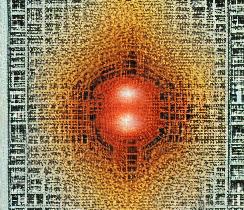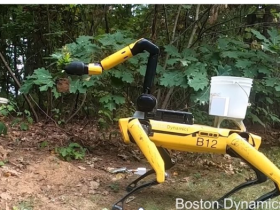If you’re interested in computer vision, you’ve probably heard of YOLO — You Only Look Once. YOLO is an object detection system that has gained a lot of attention for its speed and accuracy. In this article, we’ll dive into what YOLO is, how it works, and why it’s important.
What is YOLO?
YOLO is an object detection system created by Joseph Redmon, Santosh Divvala, Ross Girshick, and Ali Farhadi in 2016. Unlike other object detection systems that first propose potential object locations and then classify those regions, YOLO applies a single neural network to the full image to predict bounding boxes and class probabilities directly.
How does YOLO work?
The YOLO algorithm works by dividing the input image into a grid of cells. Each cell is responsible for predicting a set of bounding boxes and class probabilities. For each box, YOLO predicts four coordinates, which represent the center of the box, the width of the box, and the height of the box. In addition to the coordinates, YOLO also predicts a probability for each class.
During training, YOLO learns to optimize two separate losses: localization loss and classification loss. Localization loss measures the difference between the predicted and ground-truth bounding box coordinates, while classification loss measures the difference between the predicted and ground-truth class probabilities.
Why is YOLO important?
YOLO has gained popularity for its speed and accuracy. Compared to other object detection systems, YOLO is significantly faster, achieving real-time performance with a single GPU. YOLO also has high accuracy, achieving state-of-the-art performance on several object detection benchmarks.
YOLO’s speed and accuracy make it well-suited for a variety of applications, including autonomous driving, robotics, and surveillance systems.
How to use YOLO
If you’re interested in using YOLO for your own projects, there are several pre-trained models available that you can use for object detection. YOLOv3 is the most recent version of YOLO and is available for download on the official YOLO website.
In addition to the pre-trained models, YOLO also provides a training framework that you can use to train your own object detection models on custom datasets.
YOLO vs Other Object Detection Systems
There are several other popular object detection systems, including Faster R-CNN, SSD, and RetinaNet. While each system has its own strengths and weaknesses, YOLO’s speed and accuracy make it a popular choice for real-time applications.
Limitations of YOLO
While YOLO has many strengths, it also has some limitations. One limitation is that YOLO struggles with small objects, as the predictions for small objects can be unstable. YOLO also struggles with overlapping objects, as the algorithm may struggle to distinguish between multiple objects in close proximity.
Conclusion
In conclusion, YOLO is a powerful object detection system that has gained popularity for its speed and accuracy. YOLO applies a single neural network to the full image to predict bounding boxes and class probabilities directly, making it significantly faster than other object detection systems. YOLO’s speed and accuracy make it well-suited for a variety of applications, including autonomous driving, robotics, and surveillance systems.












Leave a Reply